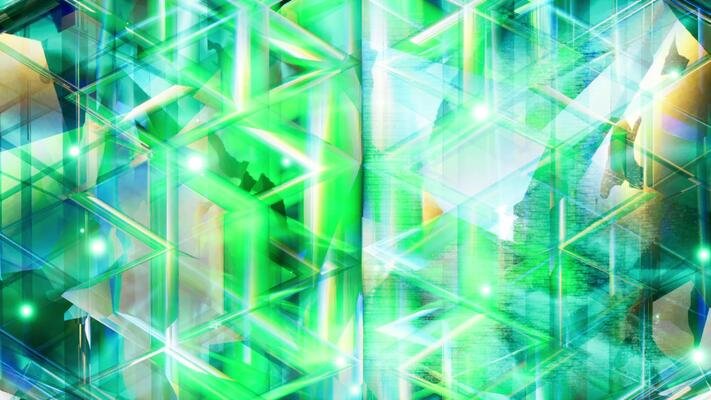Geometric patterns have become increasingly popular in the world of art. Their clean lines, symmetry, and bold designs create visually striking artwork that captivates art lovers. Whether used in home décor, fashion, or graphic design, geometric patterns offer endless possibilities for creativity. In this blog post, we’ll explore some of the top geometric patterns for art lovers.
Introduction
Top Geometric Patterns for Art Lovers provide an exciting way to express creativity through structured designs. From simple shapes to complex compositions, geometric patterns have a timeless appeal that fits various artistic styles. Whether you’re a beginner or an experienced artist, incorporating geometric patterns can enhance your artistic expression and inspire new ideas.

1. Exploring Basic Geometric Shapes
The foundation of geometric patterns lies in basic shapes like circles, squares, triangles, and hexagons. These simple forms can be combined and repeated to create intricate designs.
Basic Shapes
- Circles for softness
- Squares for balance
- Triangles for dynamic energy
2. Symmetry and Balance
Symmetry is a key element in geometric patterns, offering a sense of order and harmony. Artists use symmetry to create visually appealing compositions that feel balanced and unified.
Symmetry Types
- Axial symmetry: Mirror image
- Radial symmetry: Centered around a point
- Translational symmetry: Repeated shapes
3. Bold Color Choices
Using bold colors in geometric patterns can make artwork stand out. Bright hues or contrasting color palettes create eye-catching visuals that evoke emotions and spark interest.
Color Techniques
- Primary colors: Red, Blue, Yellow
- Complementary colors: Opposite hues on the color wheel
- Monochromatic shades: Variations of one color
4. Minimalist Geometric Designs
Minimalist geometric patterns focus on simplicity and negative space. These designs are elegant and evoke a sense of calmness and sophistication.
Minimalist Ideas
- Single shape patterns
- Line art with limited colors
- Open spaces for breathing room
5. Repeating Patterns
Repeating geometric patterns create rhythm and visual flow. These patterns are widely used in art, textiles, and digital designs to create a sense of movement and continuity.
Repeating Techniques
- Tiling patterns
- Diagonal and horizontal repeats
- Overlapping shapes
6. Abstract Geometric Art
Abstract geometric art combines shapes, colors, and lines in unconventional ways. This style allows artists to push boundaries and create unique compositions that challenge perception.
Abstract Techniques
- Asymmetrical arrangements
- Mixed media applications
- Experimenting with dimensions
7. Nature-Inspired Geometric Patterns
Geometric patterns can also mimic natural elements like waves, leaves, or star formations. These patterns blend structure with organic beauty, offering a harmonious balance.
Nature Elements
- Geometric flowers
- Wave patterns
- Spiral designs
8. Layered Geometric Compositions
Layering geometric shapes adds depth to artwork. By stacking shapes or overlaying patterns, artists can create complex visuals that captivate the viewer.
Layering Ideas
- Overlaying grids
- Combining triangles with squares
- Using transparent shapes
9. Geometric Patterns in Digital Art
Digital technology has revolutionized the way artists create geometric patterns. Tools like graphic design software allow for precision and versatility in designing patterns for various media.
Digital Approaches
- Vector art
- Color gradients
- Interactive designs
10. Geometric Patterns in Fashion and Décor
Geometric patterns are not limited to art. They are widely used in fashion and home décor to add style and uniqueness to everyday items.
Fashion & Décor Uses
- Geometric clothing prints
- Furniture with geometric motifs
- Wallpaper and upholstery patterns
Conclusion
Geometric patterns offer a versatile and captivating way for art lovers to express their creativity. Whether simple or complex, these patterns enhance artistic expression and provide a foundation for innovative designs. By exploring different geometric shapes, color combinations, and compositions, artists can create visually striking works that stand the test of time.











